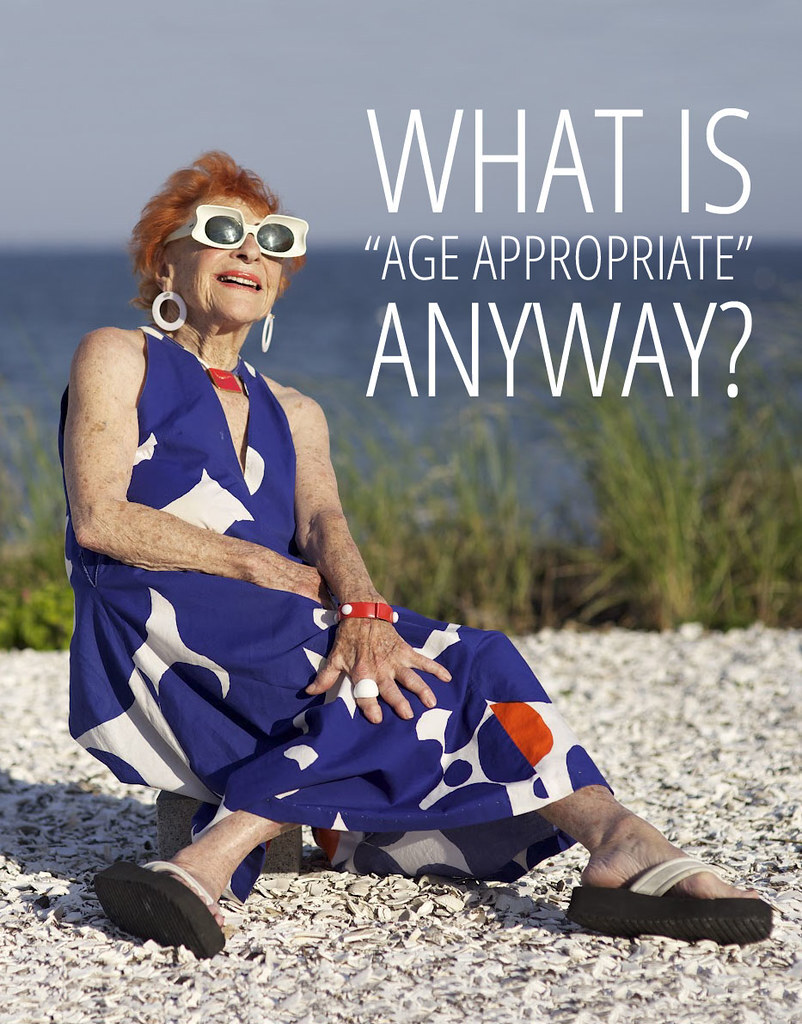
The topic “dressing your age” sparks a lot of discussion and contemplation; what exactly it means can vary depending on who you ask.
Today, there are fewer strict societal rules dictating what one should wear at different stages of life. The remaining guidelines are situational, like sticking to workplace dress codes.
The concept of dressing your age extends beyond simply choosing clothes; it encompasses the meanings and assumptions attached to those garments.
In conversations with students at Florida A&M and Florida State about “dressing your age,” a common response surfaced. The students generally agreed that as individuals grow older, their fashion choices should evolve or become more mature. Many students expressed opinions such as, “I wouldn’t want to see my grandma wearing a crop top” or “I wouldn’t want my mom wearing see-through clothing.”
However, how we dress communicates much about who we are and how we wish to be perceived. This aspect of personal style undergoes significant changes as we age —sometimes even more than our bodies or clothing sizes change.
Within the domain of fashion, dressing your age is a subject of considerable debate and introspection. While it once revolved around adhering to strict societal norms, it has evolved into a platform for individual expression. Though dressing appropriately for one’s age remains relevant, the definition of what that entails has grown significantly in recent years.
Ultimately, the journey of dressing in accordance with one’s age is deeply personal. It reflects the multifaceted nature of style and its capacity to evolve alongside individuals.
As we navigate the complexities of self-expression and identity, fashion acts as a mirror, reflecting the beauty and complexities of human experience.
Our relationship with fashion undergoes profound transformations as we progress through life. Each passing year brings about shifts in our tastes, preferences and priorities, influencing how we present ourselves to the world. For many, advancing in age promotes a newfound appreciation for the richness of experience and wisdom gained along the way.
Embracing personal style often involves bidding farewell to garments associated with youth, opting instead for pieces that resonate with our current sense of self. This transition isn’t a rejection of the past but rather a celebration of growth, maturity and self-discovery. It underscores fashion’s enduring ability to mirror our innermost truths and aspirations while empowering us to craft our narratives and define what it truly means to dress our age.